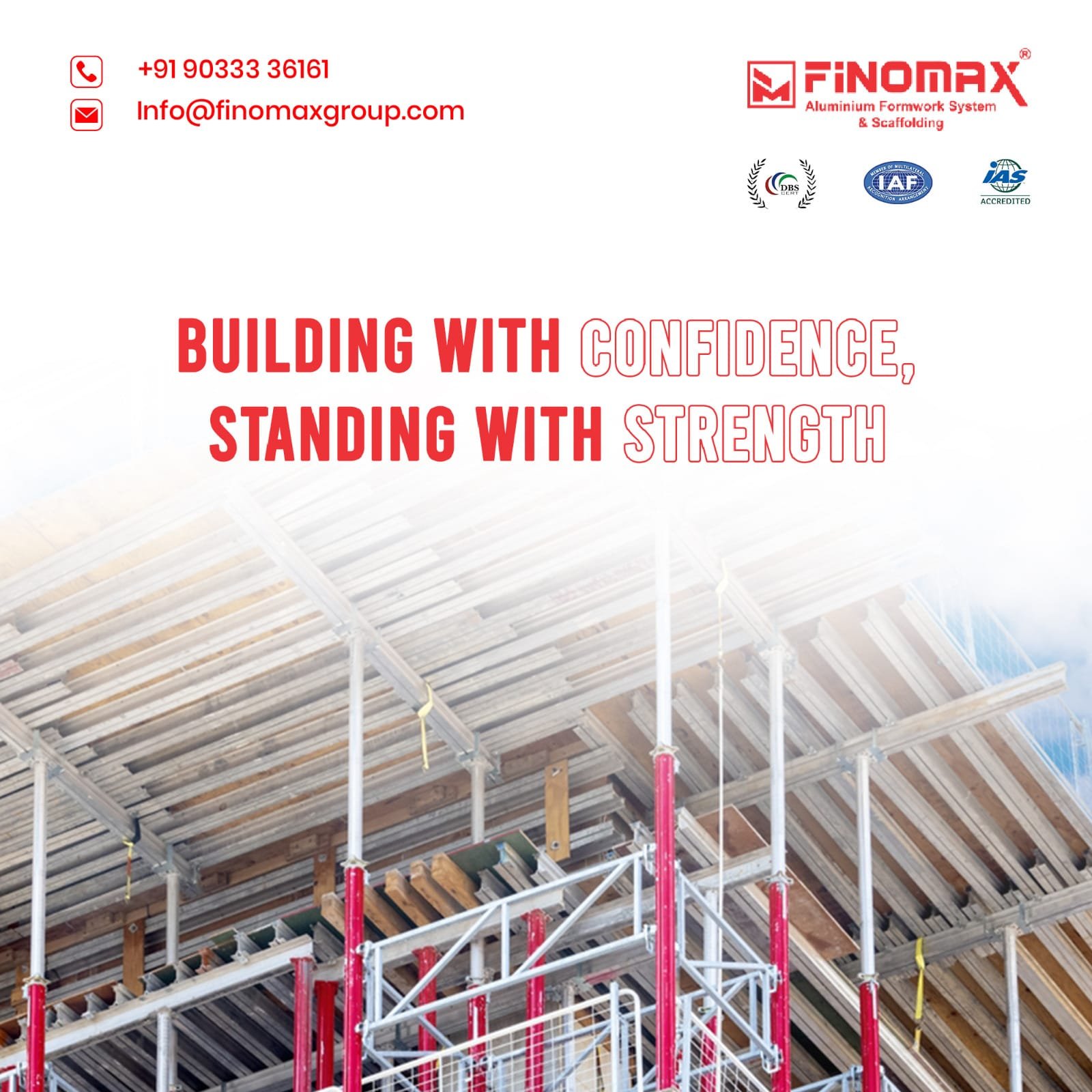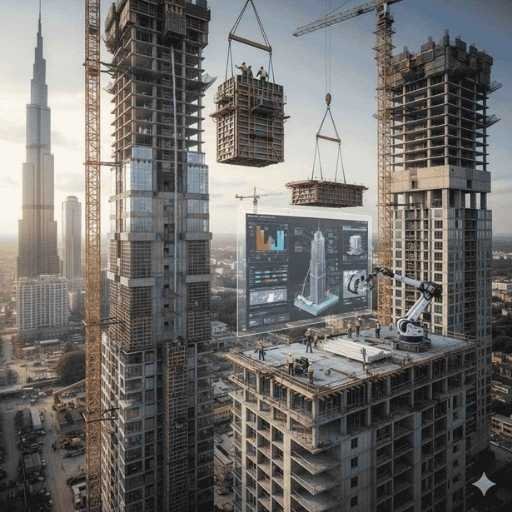High-rise construction stands as one of the greatest achievements of modern engineering—and at the heart of every tall structure lies a crucial element: formwork. Whether you’re a civil engineering student, a project manager, or a developer, understanding high-rise formwork systems is essential to see how skyscrapers take shape from the ground up.
What Is High-Rise Formwork?
High-rise formwork refers to temporary or permanent molds used to shape concrete structures in tall buildings. These systems are specifically designed for vertical elements such as elevator shafts, building cores, slabs, and columns. Their main purpose is to ensure precision, safety, and efficiency during the concrete construction process.
Types of High-Rise Formwork Systems
Different types of formwork systems are used based on the project’s scale, complexity, and structure. Here are the most common ones used in modern high-rise construction:
1. Climbing Formwork
- Self-Climbing Formwork: Operates using hydraulic jacks that lift the system without the need for cranes.
- Crane-Assisted Climbing Formwork: Lifted manually using tower cranes.
Best suited for: Elevator shafts, core walls, and tall vertical structures.
2. Slip Formwork
- Moves continuously upward as concrete is poured.
- Allows uninterrupted construction for tall, repetitive structures.
Best suited for: Towers, chimneys, and silos.
3. Modular Formwork
- Consists of reusable panels made from aluminum, steel, or plastic.
- Lightweight, easy to assemble, and offers high precision.
Best suited for: Slabs, beams, and columns.
4. Table Formwork
- Large pre-assembled tables used for fast slab construction.
- Can be easily repositioned, reducing manual labor.
Best suited for: Repetitive floor structures in high-rise buildings.
5. Tunnel Formwork
- Allows simultaneous casting of walls and slabs.
- Delivers high accuracy and rapid cycle times.
Best suited for: Residential and commercial towers with repetitive layouts.
Key Benefits of High-Rise Formwork Systems
High-rise formwork systems offer numerous advantages for modern construction projects:
- Faster construction cycles – Accelerates project timelines.
- Reusable and sustainable – Reduces waste and promotes eco-friendly building practices.
- Improved safety – Integrated platforms and guardrails ensure safer working conditions.
- Cost efficiency – Reduces long-term labor and material costs.
- High precision – Ensures structural accuracy and superior surface finishes.
Applications of Formwork in High-Rise Construction
Formwork systems are essential in various areas of tall building construction, including:
- Skyscrapers and commercial towers
- Residential high-rise buildings
- Bridge piers and infrastructure projects
- Elevator shafts and vertical cores
- Concrete columns and slab systems
Common Challenges in High-Rise Formwork
While advanced formwork technologies have simplified construction, certain challenges remain:
- Complex logistics and crane coordination
- High initial investment cost
- Safety risks at elevated heights
- Wear and tear due to heavy use
- Load-bearing and stability management
Future Trends in Formwork Technology
The formwork industry is embracing innovation and digital transformation. Key trends shaping the future include:
- BIM Integration – Building Information Modeling improves design accuracy and clash detection.
- Automation and Robotics – Reduces human error and speeds up assembly.
- Sustainable Materials – Focus on reusable, eco-friendly formwork components.
- IoT and Smart Monitoring – Sensors track curing, temperature, and load in real-time.
Cost Comparison of High-Rise Formwork Systems
| Formwork Type | Initial Cost | Reusability | Long-Term Savings | Ideal Use Case |
|---|---|---|---|---|
| Climbing Formwork | High | Medium | High | Elevator shafts, core walls |
| Slip Formwork | Medium | Low | Medium | Towers, chimneys |
| Modular Formwork | Medium | High | High | Slabs, columns, walls |
| Table Formwork | Low | Medium | Medium | Repetitive floor slabs |
| Tunnel Formwork | High | High | High | Residential towers, large housing |
Real-World Examples
- Burj Khalifa, Dubai – Used self-climbing formwork for its central core to achieve record-breaking height and precision.
- One World Trade Center, New York – Implemented advanced modular and climbing formwork systems for speed, safety, and accuracy.
Industry Standards and References
- American Concrete Institute (ACI)
- Eurocode Standards (EN 13670)
- Technical Papers on Load-Bearing Concrete Formwork Systems
Final Thoughts
High-rise formwork systems are the backbone of modern vertical construction. From self-climbing systems powering the world’s tallest buildings to modular setups enhancing precision and speed, formwork technology continues to redefine how we build. With sustainability, automation, and digital innovation leading the way, the future of high-rise formwork promises smarter, faster, and greener construction solutions.






